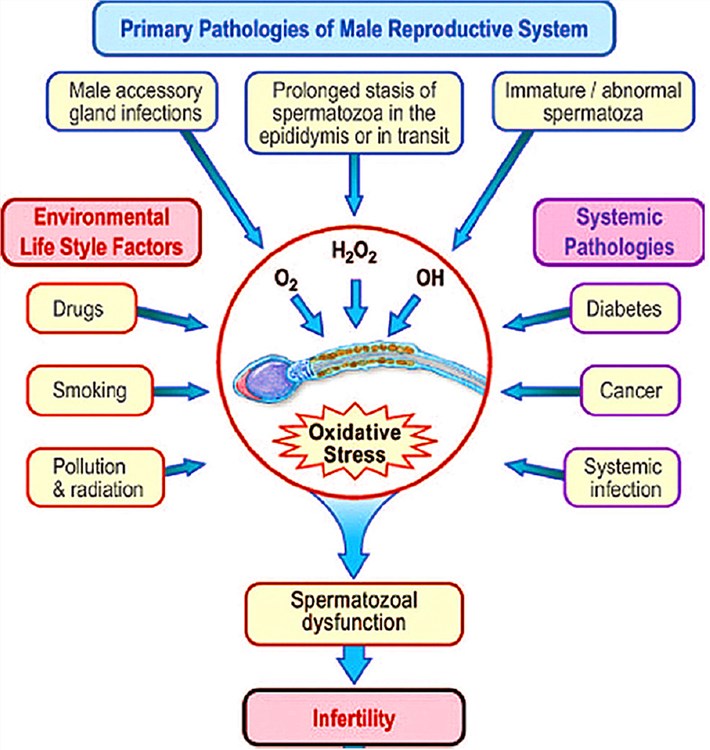Oxidative Stress-inducible Lentiviral Vector Service
Creative Biolabs is a global company which focuses on viral vector design and construction services. With our extensive experience and advanced platform, we can provide a series of services on oxidative stress-inducible lentiviral vectors basing on a wide variety of state-of-art technologies. We are dedicated to assisting our clients with the most satisfactory data to meet any requirement of your projects.
Introduction of Oxidative Stress
Oxidative stress is an imbalance between reactive oxygen species (ROS) and the ability of detoxifying reaction intermediates or repairing damages in cells. In general, oxidative stress can affect the normal redox conditions and trigger the production of several compounds, such as free radicals, to destroy the function of different kinds of cells. Pilot studies have shown that oxidation stress plays a critical role in mediating a variety of diseases, including many cardiovascular diseases (CVDs). Meanwhile, many researchers have also revealed that the process of eliminating oxidation by developing specific antioxidant defenses will provide an attractive strategy for disease therapy. For instance, a number of genes, such as heme oxygenase-1 (HO-1), have been identified to be critical to gene therapy in treating atherosclerosis. Furthermore, more and more scientists have focused on designing gene therapy vectors basing on oxidative stress, and the antioxidant response element (ARE) has been generated into lentiviral vectors to improve vector efficacy in human primary endothelial cells. Additionally, a number of lentiviral vectors expressing various therapeutic genes have been developed by the induction of oxidative stress.
 Figure 1. Etiology of oxidative stress. (Agarwal, 2017)
Figure 1. Etiology of oxidative stress. (Agarwal, 2017)
Service
Oxidative stress-inducible lentiviral vectors have shown promising results in gene therapy for various types of diseases. ARE-regulated genes have been cloned into the luciferase-reporter vector with an SV40 promoter to generate the oxidative stress-inducible lentiviral vectors. Creative Biolabs now provides a panel of inducible vector systems to design, construct and optimize lentiviral vectors. Of note, oxidative stress has been considered as one of the most popular inducible vectors for developing a range of novel lentiviral vectors in gene therapy. Up to now, we have designed and tested many oxidative stress-inducible lentiviral vectors for our worldwide customers. For example, a lentiviral (LV) vector expressing herpes simplex virus thymidine kinase has been developed basing on AREs, a promoter that can bind to the nuclear factor erythroid-2 related factor 2 (Nrf2). The results suggest that this lentiviral vector should be a powerful delivery system for cells with ARE activity in cancer gene therapy. In addition, ARE-regulated genes, such as NQO1, HO-1, and GCLM, are commonly used for studying the inducible expression of oxidative stress-inducible plasmid constructs in different cell lines in vitro.
Creative Biolabs is recognized as the world leader for providing the most diverse portfolio of viral vector-associated discovery solutions for worldwide customers. We are proud to partner with our clients on the journey of bringing novel delivery systems to the market. If you are interested in our services, please feel free to contact us for closer communication to learn how we can be involved in your project. Separate services or integrated end-to-end solutions are all welcomed.
Reference
- Agarwal, A.; et al. (2017). Laboratory tests for oxidative stress. Indian J Urol. 33(3): 199-206.
